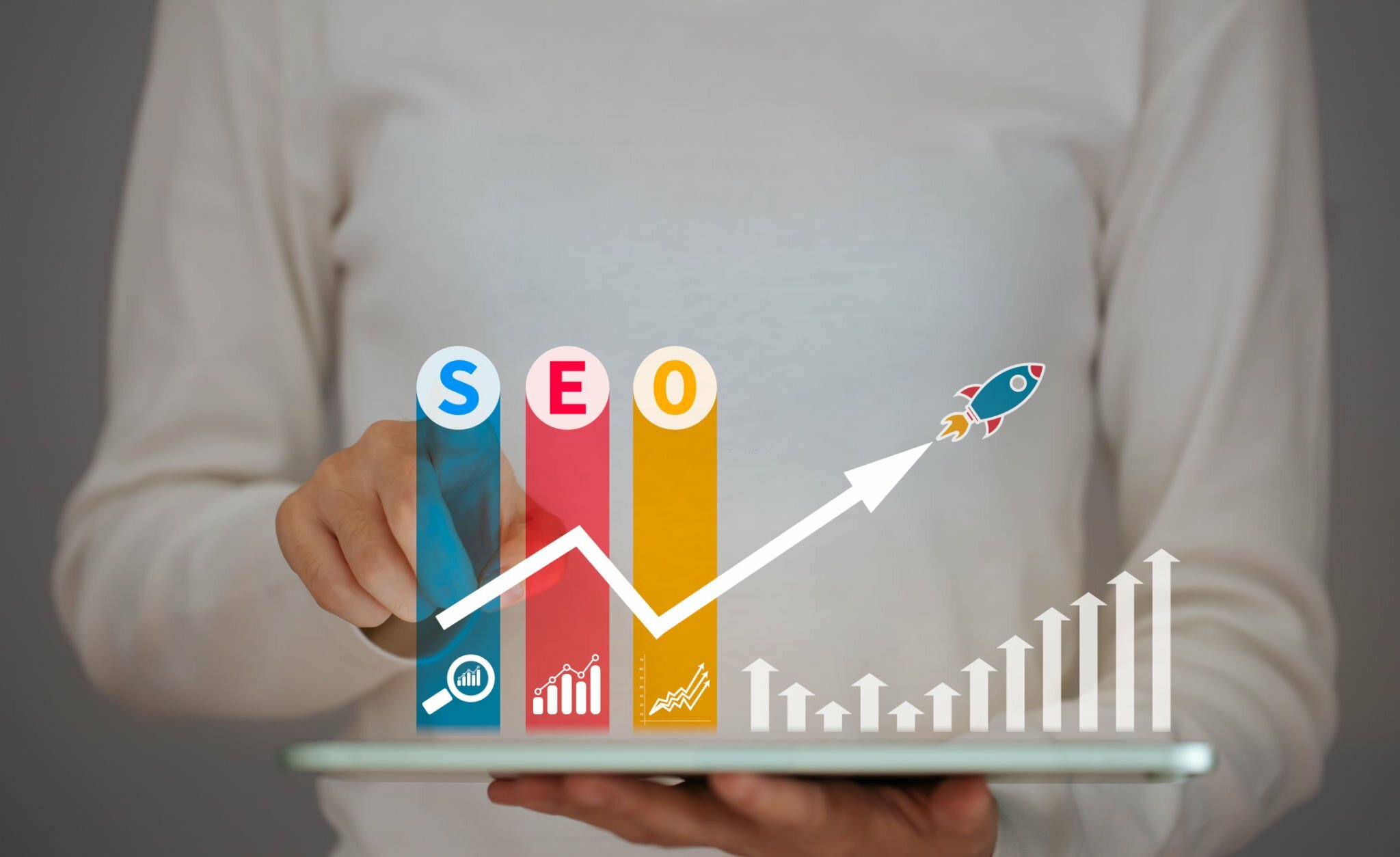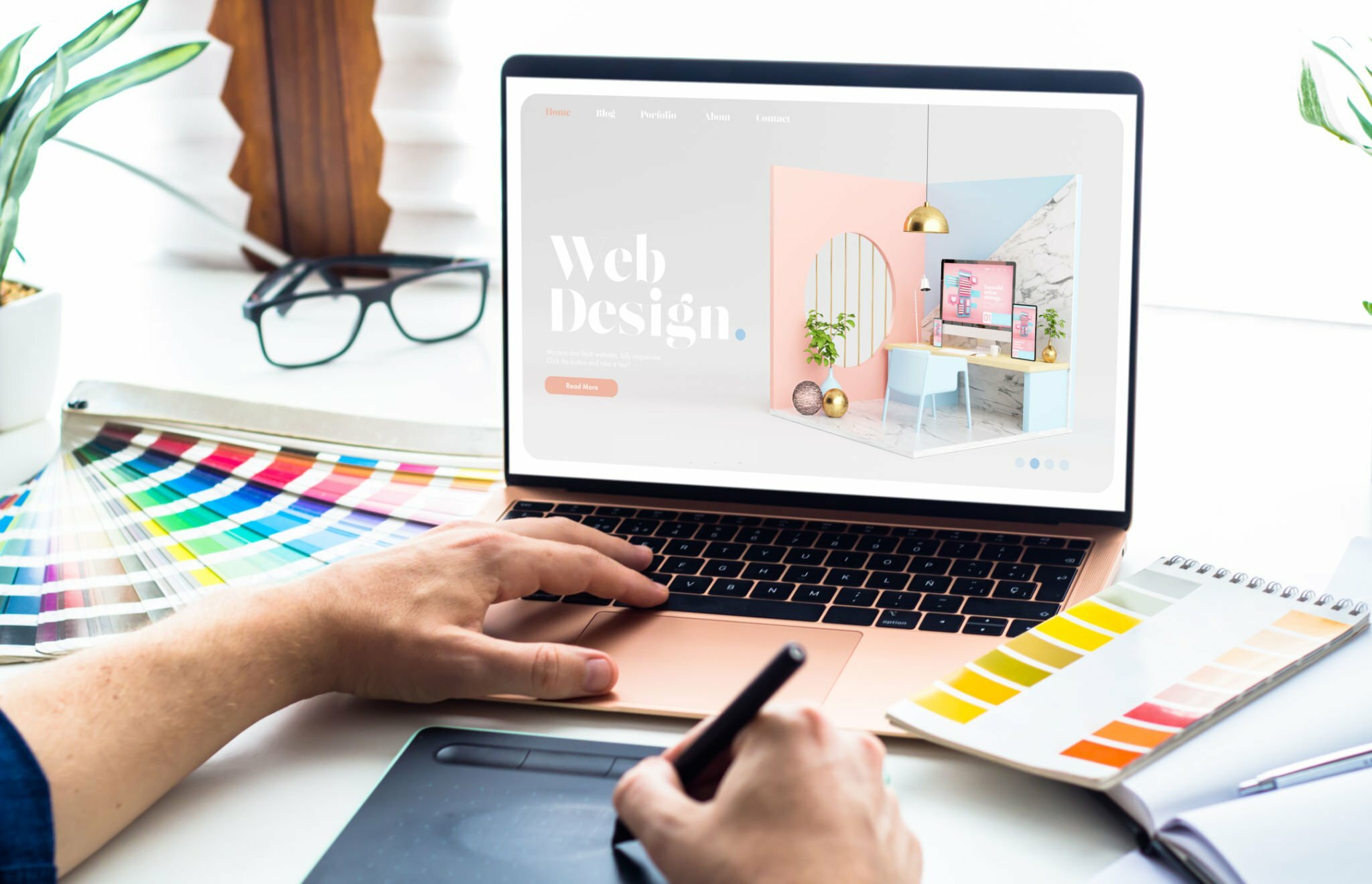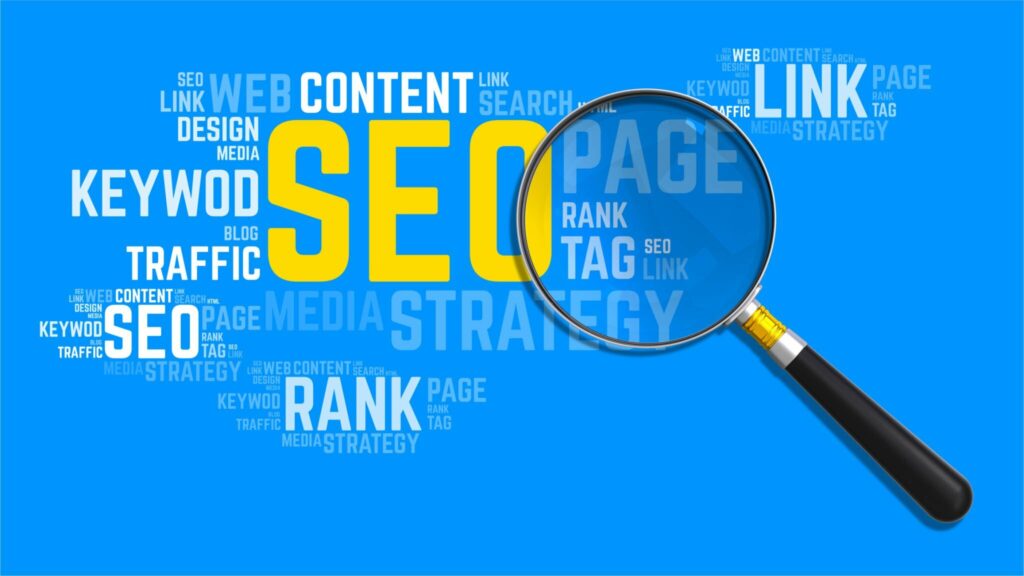Web accessibility isn’t merely an option; it’s an opportunity waiting to be seized. In this digital age, your website is your brand’s global ambassador. It holds the key to enhancing your brand recognition and reputation.
Accessibility on the web is critical to the growth of a business because it ensures that all users, regardless of their status, can have a positive experience using the website. It’s a boon for SEO, which ultimately results in higher rankings across the board in search engines. Additionally, web accessibility means faster loading times and seamless performance on mobile devices, catering to diverse user preferences.
By designing and optimizing your website with inclusivity, you broaden your reach, enhance visibility in search engine results, and remove digital barriers for individuals with disabilities. It’s all about fostering efficient navigation for every user.
In this blog post, we explore the world of web accessibility, its importance, and the substantial benefits it offers for both design and SEO. We’ll also guide you to ensure your online presence is genuinely inclusive.
What does “web accessibility” mean?
Web accessibility means ensuring that websites and other digital content are built and designed to ensure everyone, including people with disabilities, has fair access and can use it. It encompasses creating online environments that a wide range of users can navigate, understand, and interact with, regardless of their abilities or impairments.
Web accessibility involves:
- Implementing various design and technical practices, such as providing image text alternatives,
- Enabling keyboard navigation.
- Using semantic HTML
- Making multimedia content accessible through captioning and transcripts
Accessibility on the web’s primary goal is to remove barriers that might prevent people with disabilities from accessing and using digital content effectively. Ultimately, web accessibility benefits all users and can improve search engine rankings, expanding the reach of digital content and services.
What are the benefits of an accessible website?
Here are some of the critical benefits of having an accessible website:
Wider audience reach
People with disabilities or other impairments can view your content if your website is accessible. It caters to a broader audience and potential customers who might have otherwise been excluded.
Inclusivity
Web accessibility ensures everyone can view and use digital content, even with special needs or abilities. It promotes equal opportunities and services for all users.
Legal Compliance
Websites must be available to people with disabilities, according to laws and rules in many countries. By ensuring web accessibility, businesses can avoid legal complications and potential discrimination claims. Beyond legality, accessibility is a matter of ethics, creating equal access to information and services.
Improved User Experience
When you design for accessibility on the web, you make the experience better for everyone, not just people with disabilities.
Intuitive navigation, clear content structure, and well-designed forms benefit everyone. Search engines like Google aim to deliver the best results to users, which includes favouring accessible websites that offer a positive UX.
Positive Brand Image
Committing to accessibility can enhance a company’s reputation and brand perception. It shows that the organization values diversity and inclusivity, resonating with a broader audience.
Why is web accessibility important to SEO?
Inclusive SEO in web design is not just a nice-to-have feature but an essential component that can enhance your website ranking and search optimization.
Improved User Experience
Web accessibility practices, such as straightforward navigation, legible text, and easy-to-use forms, are essential for creating a positive user experience. Users who can easily find and interact with your content are more likely to stay on your site, reducing bounce rates. Search engines like Google rank websites based on how easy they are for users to find and use.
Mobile-Friendliness
Accessibility practices often overlap with mobile optimization. Search engines give greater significance to mobile-friendly websites in their results, so ensuring your site can be used on various devices aligns with your SEO goals.
Technical SEO
Many technical parts of making the web accessible, Many technical parts of making the web accessible, like using the correct HTML layout, metadata, and alt text for images, are also essential for SEO. These parts of your material help search engines understand it and determine its relevance to user queries.
Content Relevance
SEO and usability benefit from clear and to-the-point content. Content that is well-organized and simple to understand is suitable for both search engines and people who use it. Not only are clear headings, well-structured content, and descriptive links good for accessibility, but they also aid search engines in indexing your site, increasing its usefulness to users.
Reduced bounce rates
When users with disabilities can navigate and interact with your site effectively, they’re less likely to leave immediately, leading to lower bounce rates. High bounce rates can negatively impact your SEO.
How to make your website accessible: designing for inclusivity
Here are five tips to help your website become more accessible, inclusive, and SEO-friendly:
Colour Contrast
Consider using highly contrasting colors to enhance legibility and readability, especially for users with visual impairments or color blindness.
Text Size and Typography
Ensure that the text size is adjustable and that legible fonts are used. Users with visual impairments can use screen magnification or assistive technology that necessitates precise and readable typography.
Alt Text for Images
Giving images detailed alternative text (alt text) will help people who are blind or have low vision understand what the image is about.
Keyboard Accessibility
Enable websites to be navigated entirely using a keyboard. This functionality assists users with motor disabilities who cannot use a mouse effectively.
Captions and transcripts
Include captions or transcripts for multimedia elements, such as videos and audio content. This accommodation helps individuals with hearing impairments to access and understand the information presented.
Optimizing for accessibility in SEO
Accessibility is now a big deal. When they decide how to rank websites in Google and other search engines. Some important things to consider to make the website more accessible and improve its SEO are listed below:
Page loading speed
Ensure your website loads quickly, benefiting users with slower internet connections or those using assistive technologies.
Websites that are slow or respond poorly negatively impact business; therefore, ensuring fast page loading is also critical.
Mobile Responsiveness
Make sure your website works well on all screen sizes by making it mobile-friendly. Mobile accessibility is crucial, as many users rely on smartphones or tablets for browsing.
Structured Markup
Employ semantic HTML markup to craft a well-structured website, enhancing its readability for search engines and assistive technologies.
Headings and subheadings
Well-organize content using proper heading tags (H1, H2, etc.) to enhance clarity and assist users with screen readers in understanding the hierarchy of information.
Descriptive Link Text
Avoid using vague link texts such as “click here” or “read more.” Instead, using descriptive anchor texts provides clear context and improves accessibility for users.
Conclusions
Web accessibility and inclusivity are ethical imperatives and sound business strategies. They open doors to a broader audience and can lead to improved SEO, increased organic traffic, and higher user satisfaction. However, it’s essential to understand that accessibility is an ongoing journey.
At Elior Digital Agency, we specialize in building websites that prioritise inclusivity from the ground up. Our experienced team ensures that your website is not only compliant with accessibility standards but also provides a seamless and delightful experience for all users. From designing accessible user interfaces to optimizing your site for top-notch SEO, we’ve got you covered.Take advantage of the opportunity to reach a wider audience and enhance your online presence. Contact us today to learn how we can help you build an accessible website that works for everyone.

